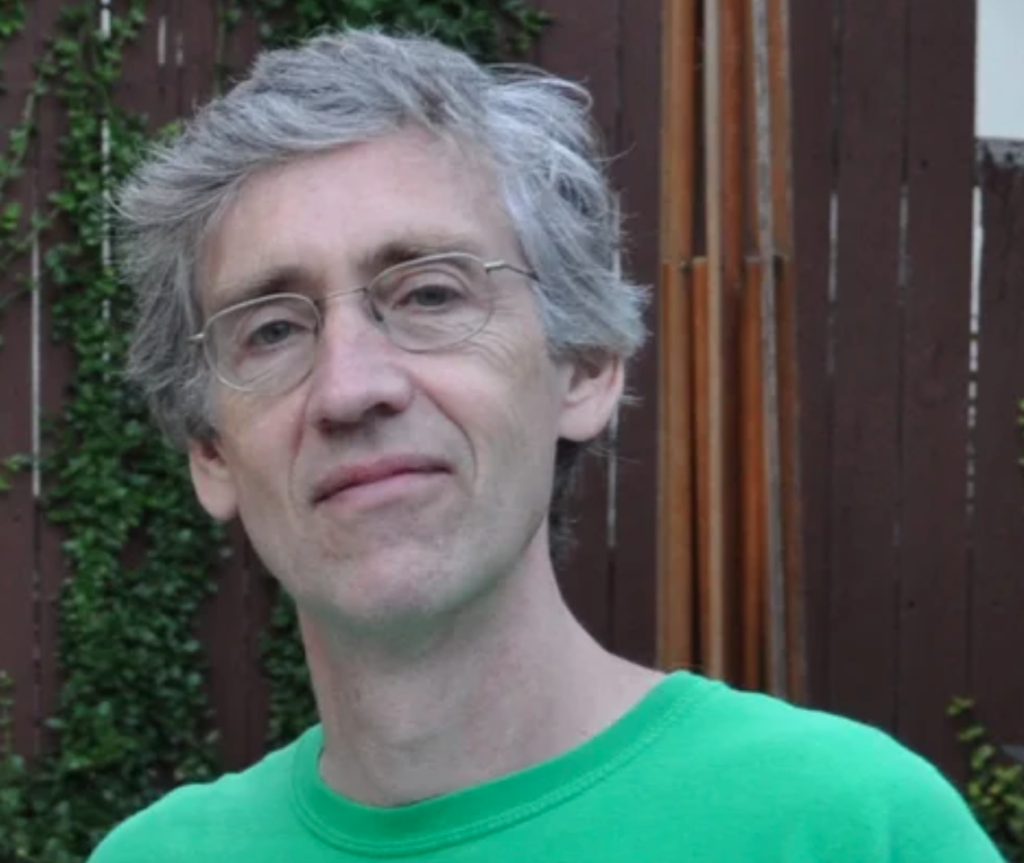
Nuance: The Missing Link?
In the 1960s, the renowned Dalcroze teacher Robert (Bob) Abramson had traveled to Geneva to take exams for the diplôme superiuer at the Institut Jaques-Dalcroze. He reported to his class in the 1980s (of which I was a student) that for his solfège exam he had taught a lesson from Émile Jaques-Dalcroze’s book solfège rythmique. According to Mr. Abramson, the jury was amazed at his lesson and when he told them that he was teaching from solfège rythmique, they acknowledged that they were not aware of that book.
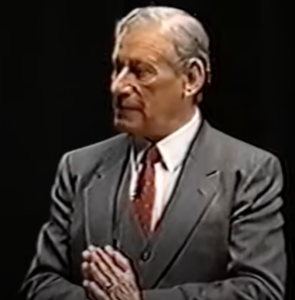
screenshot taken from https://www.youtube.com/watch?v=LJphtxecFsQ
Jaques-Dalcroze contributed an extensive oeuvre of music compositions (Eugene Ysaÿe is quoted as saying that Jaques-Dalcroze’s compositions ranked with those of Debussy and Stravinsky), writings about music, pedagogy, dance, and more. He titled his extensive curriculum on Solfège: Méthode: Scales, Tonalities, Phrasing and Nuance. It is made up of three all-encompassing volumes: Volume I—Major Scales, Volume II—Minor Scales, Volume III—Chromatic scales. (solfège rythmique was intended for advanced study).
The texts are unlike any other sight-singing primers. Over the course of the three large volumes, Dalcroze intersperses thirteen rules of “nuance,” fourteen rules of “phrasing,” seven rules of “accentuation” and many comments and examples of how rhythm and pitch interact. He provides hundreds of original musical examples that pertain specifically to rules he wishes to explore. (These rules can be found online in the Handbook for the Marta Sanchez Summer Dalcroze Institute at Carnegie Mellon University.)
Why would he be so fastidious about rules? Jaques-Dalcroze opined, as a teacher at the Geneva Conservatory, that his students exhibited fine technical skills but lacked the sense of nuance inherent in the confluence of melody, harmony and rhythm.
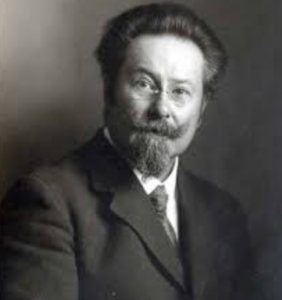
Influential Colleagues
Jaques-Dalcroze had remarkable mentors and teachers. He served as an accompanist for Eugène Ysaÿe (considered to be the world’s greatest violinist at the time) and was struck by the fact that Ysaÿe moved about the room as he practiced. As a conductor, he led an orchestra in French Algiers that was more comfortable with irregular beats and meters than the regular meters and rhythms of the European tradition. This led him to rely on gestures as opposed to traditional European metric patterns. His experience led him to a theory of “Worlds of Rhythm.”
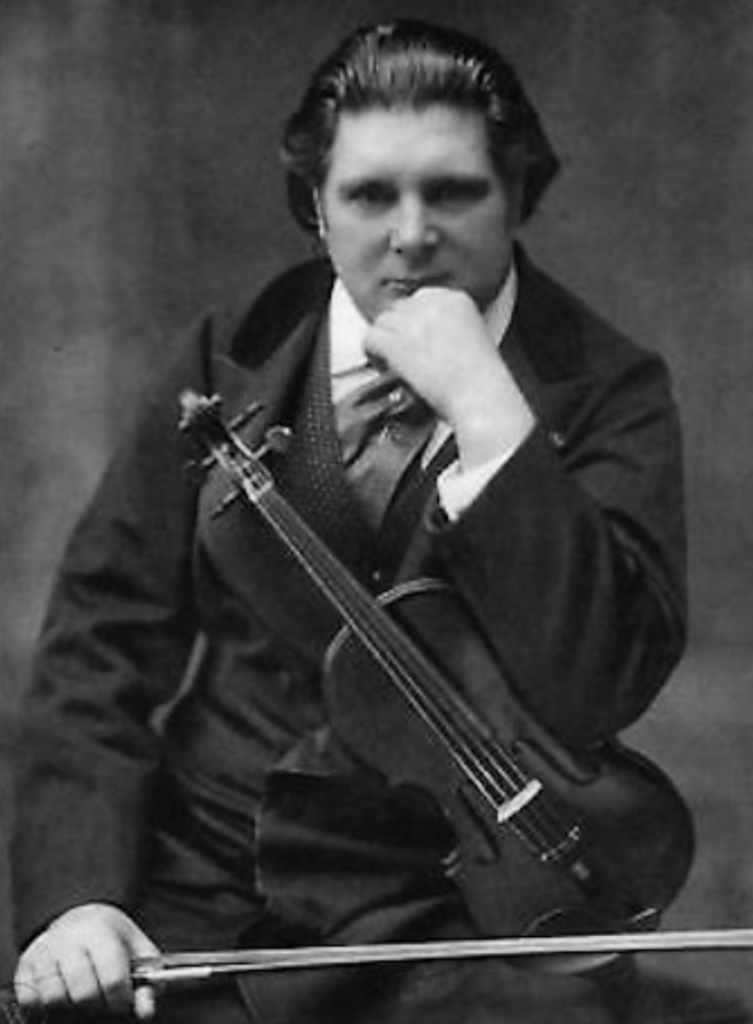
One of his most important mentors (according to his sister, Hélène) was the music theorist, Mathis Lussy. Lussy traveled throughout Europe listening to the great artists of his day, cataloging and then editing scores according to their particular manner of performance. Lussy’s writings revolved around a theory of musical expression. His seminal treatise was Musical Expression, Accents, Nuances, and Tempo, in Vocal and Instrumental Music. (Franz Liszt was very complimentary of Lussy’s work.) My own research led me to believe that Jaques-Dalcroze incorporated many of Lussy’s ‘rules’ that linked to what he was discovering through eurhythmics. Thus, Jaques-Dalcroze developed a pedagogical connection between eurhythmics and solfège (which he called solfège rythmique). This link would lead to the third part of the Méthode, improvisation.
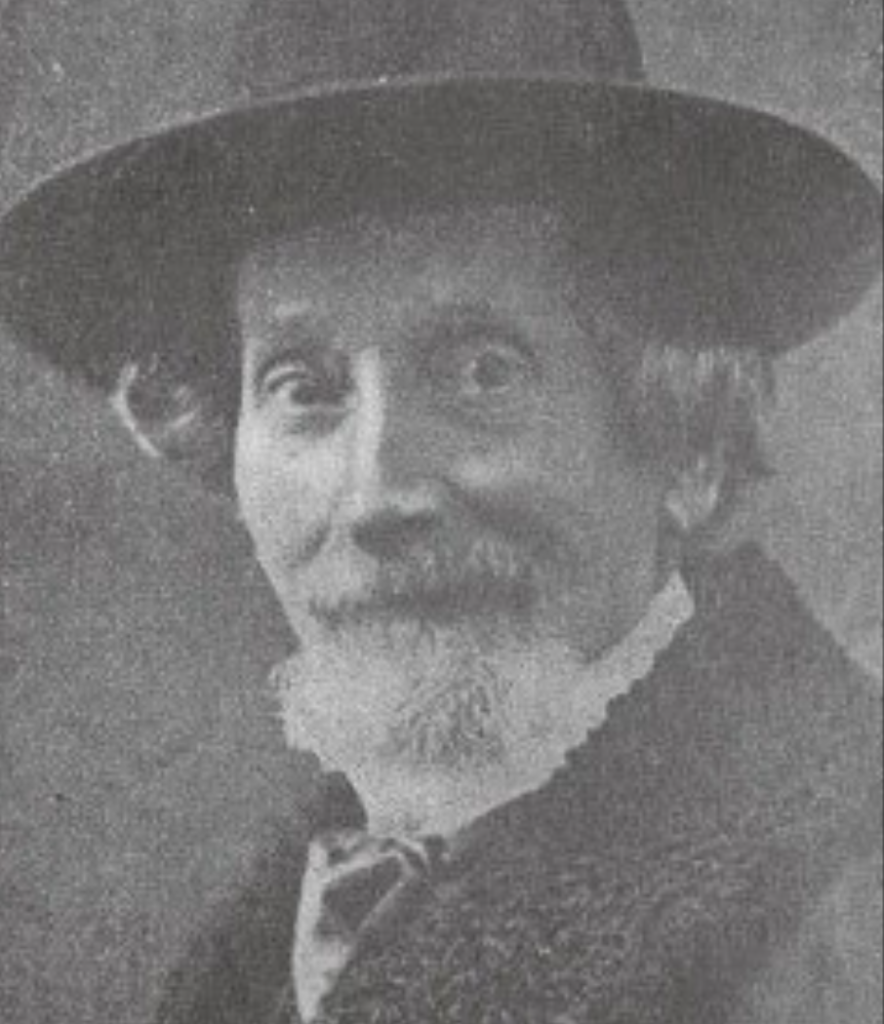
Nuance “Tricks”
As an Associate Professor at an internationally-recognized conservatory, I served on a committee to hire the “world’s best” cello teacher. One of the applicants who was clearly the front-runner, was asked to lead a masterclass with students with whom he had not taught. One of the students performed a piece with an extremely difficult scalar passage. After the performance, the teacher went back to that passage and had the student play it again; however, the teacher said, “Not a problem, just crescendo on the way up.” He played the passage wonderfully and the audience provided ample applause.
Why did that “trick” work so well? While the audience seemed to be amazed, I thought to myself, “He applied the Dalcrozian First Rule of Nuance: crescendo for ascending passages and decrescendo for descending passages.” His apparently simple suggestion was much more insightful than many in the audience knew. My principal instrument is piano. If I were asked to play an ascending passage with a crescendo my attention would shift to a larger music grouping rather than a note-to-note movement. I would change from focusing on my fingers, toward using my torso and upper arm as the guide. So, in the case of the cellist above, what seemed like a technical problem was as much a problem of nuance.
Is there something intrinsic about making a crescendo when the notes ascend? Over my many years of teaching I think there is a link. However, as a Dalcroze teacher I start from the standpoint that students should explore and discover these revelations for themselves. We know that Jaques-Dalcroze regarded teaching as if he were an observer in a laboratory. When, Dalcroze and the Dohrn brothers built the Grande Salle in “The City of Rhythm,” (Hellerau, Germany) they included offices where doctors would study the impact of eurhythmics on the participants.
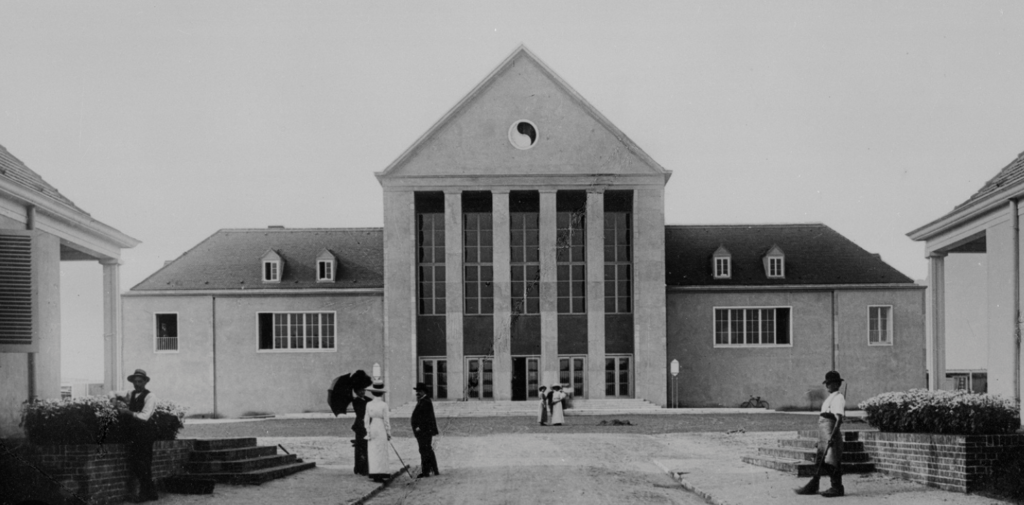
How to Lead Students Discover Nuance
Here is an introductory exercise modeled after a solfège lesson taught by Bob Abramson. His lesson had a profound effect on me. Bob taught us that music required a deeply personal and physical understanding and that one could discover their own sense of nuance through moving perceptively to music. This is my reenactment of an exercise he presented to explore the 1st Rule of Nuance:
- Students are seated in “singing position” (backs away from the backs of the chairs, hands and forearms slightly above their laps, eyes closed).
- “Listen.” (Play the C Major ascending Do-to-Do scale with a chordal accompaniment of: I, V6, I, IV6, I6, IV, vii6, I)
- “Sing the Do-to-Do scale with me.” (Later Do-to-Do scales in other keys.)
- “Find a new physical position for every syllable.”
I carefully observe students’ movements (they still have their eyes closed) for the first 3 pitches—do, re, mi. On the board (with the C scale written out) I make a quick sketch of the general position of their rising gestures for the first 3 pitches. Then there is discussion. The dialogue about the physical movements and adjectives that students use, are the most important aspect of the lesson. We “discover” movements for the entire scale to which the class, as a group, can accede. I ask the class to add dynamic markings to the scale.
Results? Classes reach an agreement that there is an overall crescendo inherent in the rising scale. They note a definitive crescendo from syllables fa, sol, la, si, do. They often add that do crescendos to re but then there is a decrescendo through mi to fa. Fa seems to start with a decrescendo but then begins a crescendo. Others insist on a decrescendo from si to do.
When I realized what I was discovering from these and many other similar exercises, I wondered why no other teacher had introduced me to this type of instruction. Since then, one of my focal points has been the continuing study of nuance. As a teacher I seek ways to help others discover their own sense of this physical, mental, and spiritual essence of music. Moreover, as a piano professor, I tell my students that almost everything I have learned about piano technique is derivative of what I have discerned about nuance.
Improvisation in Dalcroze Study
The third part of the Méthode Jaques-Dalcroze is improvisation. Jaques-Dalcroze called improvisation the goal of eurhythmics. (He was inspired by another teacher, Professor Adolf Prosnitz at the Geneva Conservatory, who instructed him that to understand composers’ works he should learn to improvise in their styles.) For students of eurhythmics who are not trained from a young age to play the piano, the idea of improvising at the piano often discourages them from continuing to study eurhythmics.
I find the issue is about nuance. As Dalcroze teachers, I think we do well with helping students inculcate the nuance of rhythmic aspects of music in their improvisations. However, in the area of tonality, I think more can be done. I have had students who were able to improvise rhythms in an atonal setting with expression but were constrained when trying to play rhythms in a tonal context. There is a missing link.
Here is a question. When students improvise a melody with their voices, do they express the type of nuance discussed in the exercise above? Nuance Rule 1 is just one exercise. There are 13 rules of Nuance, 14 rules of Phrasing, and 7 rules of Accentuation, amid many other suggestions for exploring nuance in Jaques-Dalcroze’s Mèthode. At The Marta Sanchez Dalcroze Summer Institute at Carnegie Mellon University, we explore Jaques-Dalcroze’s rules in the solfège classes and incorporated them as part of the solfège exams. Students are asked to employ the rules with given (practiced) melodies and then with unprepared melodies. The result is a stronger connection between the three aspects of eurhythmics. As Dalcroze teachers, we are called upon as sort of “Zen” teachers of music. Perhaps our secret weapon should be nuance.
The DSA reflects the richness and diversity of the American community of practice, which includes Dalcroze-inspired teachers & artists, musicians & dancers, and actors & other professionals who have adapted the Dalcroze approach to their individual work. Let us know what Dalcroze means to you. Not a member? Join instantly online.
Thank you, Stephen. I am creating a online repository for my Video Archive of Dr. Bob’s teaching years at Juilliard and in his home from my years of study with him. I have all our classes together on video. He and I planned for it to be available to future generations as resource for developing Dalcroze teachers.
Update: sadly, after shipping our videotapes half-way around the globe, we discovered that all were somehow erased. Terrible loss for the world.
I also studied with Dr.Bob… and treasure every moment of the time I had with him both in class -at Kulliard & at his home. I would love to see the Vidiosthat you have made …please put me
On your list. Thank you
Shirley Perkins
Ah, Priscilla! So many lovely memories we’ve shared together! I’m so sorry that all the tapes somehow got erased or degraded. I don’t know if it happened after they were shipped from my storage unit or if they had degraded over the years sadly.
I would love to see the Videos of Bob Abramson… it would mean so very much to me!!!!
I studied with him at Juilliard & his apartment!